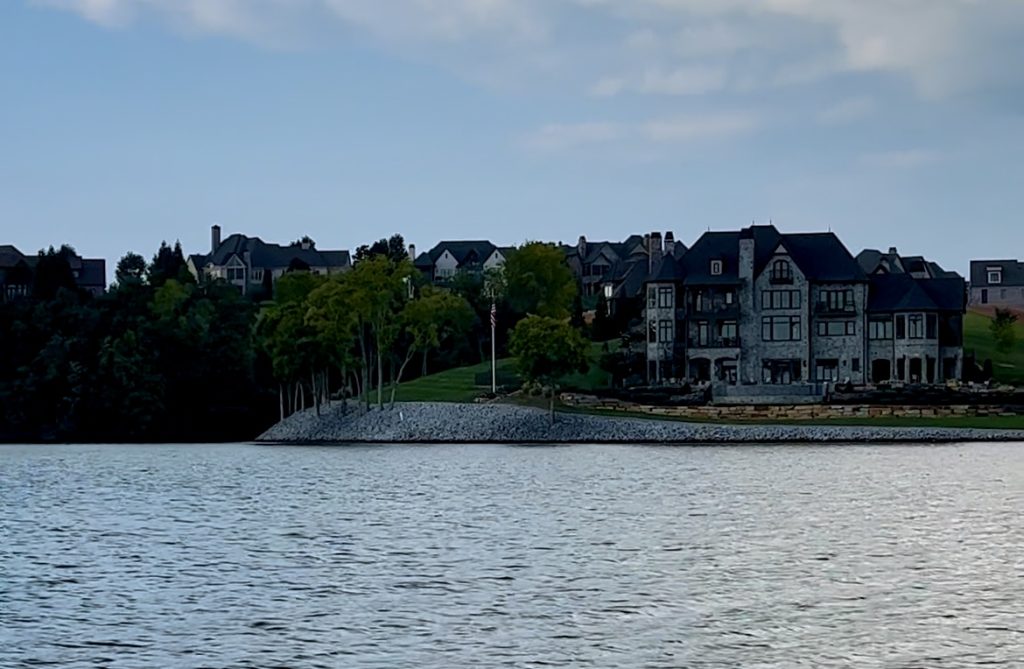The Evolution of Real Estate in the Wake of COVID-19: Adapting to Remote Work

Buying a new home is such an exciting and significant step, especially if it is your first home purchased. My husband and I recently bought a newly built home. The decision was made due to the fact that we both work from home so we needed more space.
The global pandemic of COVID-19 sent shockwaves through nearly every aspect of our lives, and real estate was no exception. As the world adapted to remote work, the dynamics of the real estate market underwent a significant transformation. Traditional home-buying considerations were redefined, ushering in a new era where the concept of home gained an unprecedented level of importance.
Amidst lockdowns and remote work mandates, people’s homes became not just their living spaces but also their offices, schools, and sanctuaries. This shift in lifestyle prompted a reevaluation of what individuals seek in their ideal dwellings. No longer merely seeking a place to rest after work, buyers began prioritizing spaces that catered to their multifaceted needs.
The trend toward remote work played a pivotal role in reshaping real estate preferences. With the flexibility of working from anywhere, buyers sought properties that offered functional home offices or adaptable spaces that could easily be transformed into work-friendly environments. Dedicated workspaces, natural lighting, and soundproofing became key elements buyers looked for in their home hunt.
Beyond the immediate work-related aspects, the pandemic also highlighted the significance of ample outdoor spaces and nearby amenities. Properties with access to parks, trails, or spacious yards surged in popularity as people sought solace in nature amidst the chaos. Proximity to essential services and community hubs also gained prominence as the desire for convenience grew stronger.
COVID-19 didn’t just change what people sought in their homes; it also altered where they wanted to live. Urban exodus became a notable trend as individuals sought properties in suburban or rural areas. The allure of larger properties, lower population density, and a quieter lifestyle drew many away from bustling city centers. This shift was fueled by the realization that remote work eliminated the need for a daily commute, allowing for more flexibility in choosing one’s living location.
The impact of COVID-19 on the real estate market extended beyond buyer preferences. It influenced sellers’ strategies as well. Virtual tours and online listings became the norm, allowing buyers to explore properties from the safety and comfort of their current homes. This digital transformation not only streamlined the buying process but also expanded the reach of listings to potential buyers outside the immediate vicinity.
As you contemplate a home purchase, considering these pandemic-induced changes becomes crucial. Assessing your work-from-home needs, desired living environment, and future lifestyle expectations will guide your search for the perfect property. Factors like space allocation, neighborhood characteristics, and the property’s adaptability to changing circumstances should weigh heavily in your decision-making process.
In the wake of COVID-19, the real estate landscape has experienced a paradigm shift. What was once a conventional approach to home buying has evolved to accommodate a new way of living. The definition of an ideal home now encompasses a harmonious blend of functionality, adaptability, and a conducive environment for both work and personal life. As you navigate your home purchase journey, embracing these changes will empower you to find a space that resonates with your evolving needs and aspirations.
